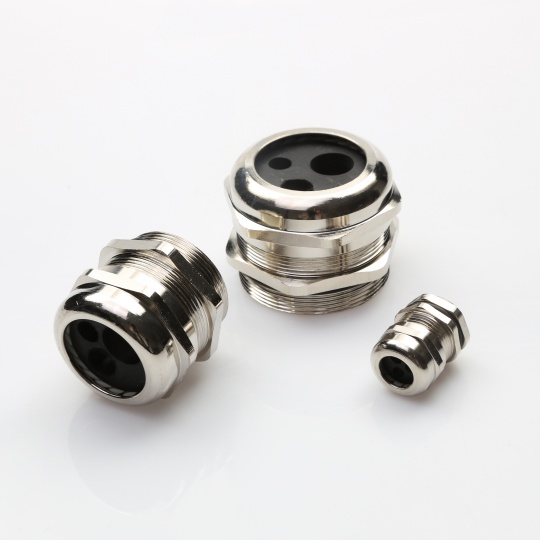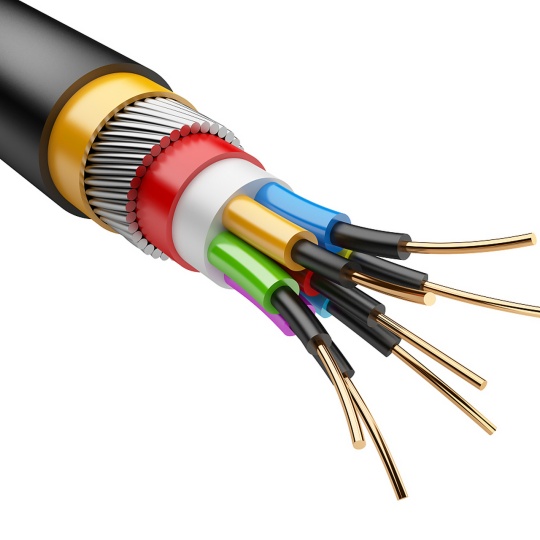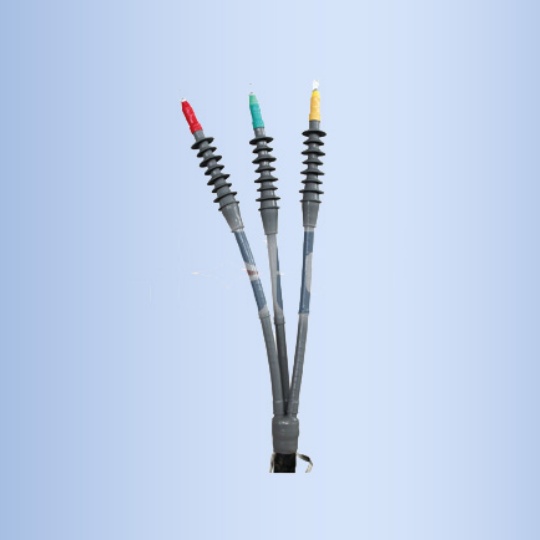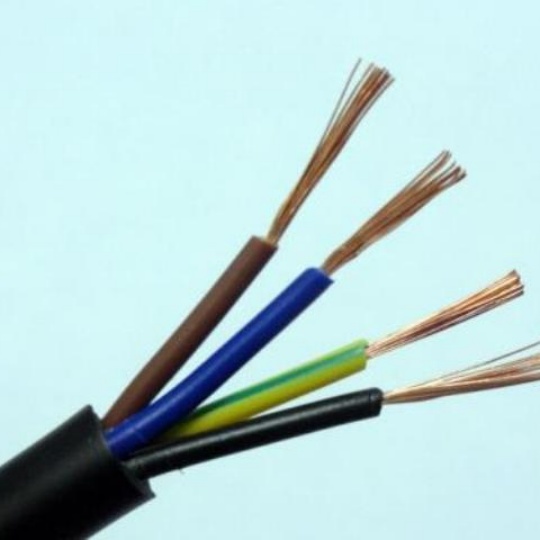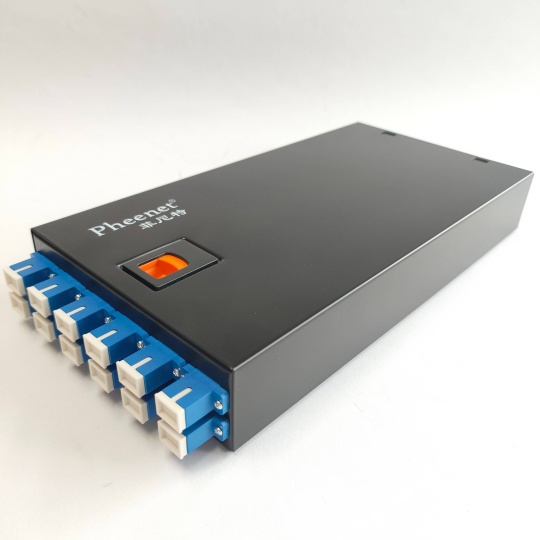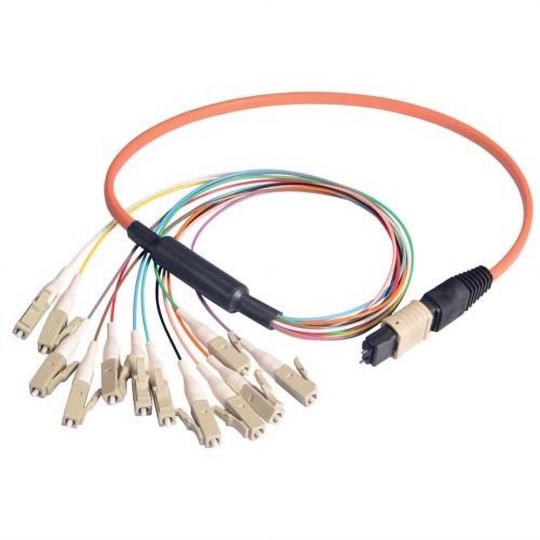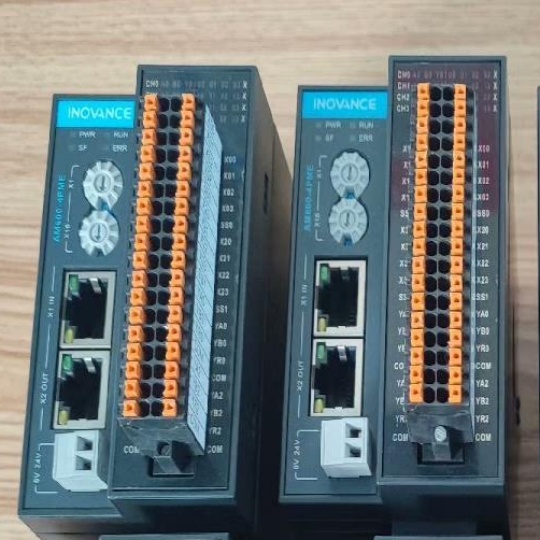Analyzing Dynamic Bending Standards for Industrial Robot Cable Assemb...
Introduction
Industrial robots are the backbone of modern manufacturing, performing tasks with precision and speed. However, their efficiency heavily relies on the durability of cable assemblies, which transmit power, signals, and data. Dynamic bending—repetitive flexing during robot motion—is a critical factor influencing cable lifespan. This article explores dynamic bending standards for industrial robot cable assemblies, offering insights into testing methods, compliance, and best practices to optimize performance and reduce downtime.
Why Dynamic Bending Standards Matter
Industrial robots operate in high-stress environments, with cables enduring thousands of bending cycles daily. Without proper standards, cables can fail prematurely, leading to:
- Signal interference
- Power disruptions
- Costly downtime and repairs
Dynamic bending standards ensure cables withstand repetitive motion, extreme temperatures, and mechanical stress. Compliance with these standards guarantees reliability in industries like automotive, electronics, and aerospace.
Key Dynamic Bending Standards for Industrial Cables
- ISO 10243
This international standard defines testing methods for flexible cables in robotic applications. It specifies bending radii, cycle counts, and environmental conditions (e.g., temperature, humidity) to simulate real-world use.
- UL 62/UL 758
These standards focus on safety and performance, ensuring cables meet fire resistance, insulation, and mechanical endurance requirements.
- TÜV SÜD Certification
Widely recognized in Europe, TÜV tests cables for dynamic bending endurance, abrasion resistance, and torsion tolerance.
- Industry-Specific Guidelines
Automotive manufacturers (e.g., Tesla, Toyota) often enforce stricter internal standards, such as 10 million+ bending cycles for assembly line robots.
Testing Methods for Dynamic Bending Compliance
Cable assemblies undergo rigorous testing to meet standards:
- Cycle Testing: Cables are bent repeatedly at defined angles (e.g., ±180°) and speeds (e.g., 1–2 cycles/second) until failure.
- Bending Radius Validation: Smaller radii increase stress; standards mandate minimum radii based on cable diameter.
- Environmental Stress Tests: Exposure to extreme temperatures (-40°C to +125°C) and chemical agents.
- Tensile Load Testing: Measures resistance to pulling forces during motion.
Example: A cable rated for 5 million cycles at a 7.5x diameter bending radius is ideal for high-speed pick-and-place robots.
Choosing the Right Cable Assembly
Follow these guidelines to ensure compliance and longevity:
- Prioritize Flexibility: Opt for cables with finely stranded conductors and high-grade insulation (e.g., TPE or PUR).
- Match Application Requirements:
- Bending Cycles: 1–3 million cycles for light-duty robots; 5–10 million for heavy-duty use.
- Temperature Range: -40°C to +90°C for general use; higher ranges for foundry or welding robots.
- Shielding: EMI/RFI shielding is critical for signal cables in electrically noisy environments.
- Certifications: Look for UL, TÜV, or ISO marks to ensure compliance.
Best Practices for Maintenance
- Cable Routing: Avoid sharp bends and ensure proper strain relief. Use robotic cable carriers (e.g., Igus Chainflex®).
- Regular Inspections: Check for abrasion, cracked insulation, or exposed conductors.
- Lubrication: Apply silicone-free lubricants to reduce friction in cable carriers.
Future Trends in Cable Standards
With Industry 4.0 and collaborative robots (cobots) gaining traction, standards are evolving to address:
Eco-friendly materials for sustainable manufacturing.
Higher cycle demands (20+ million cycles).
Integration with predictive maintenance systems using IoT sensors.



